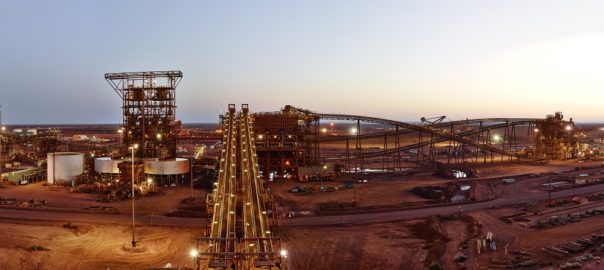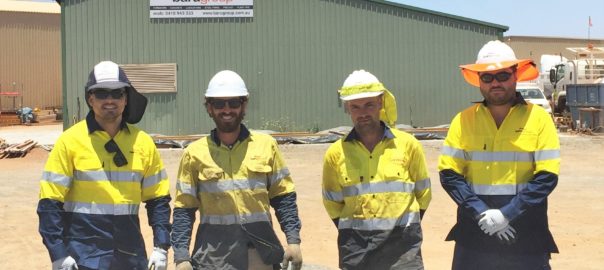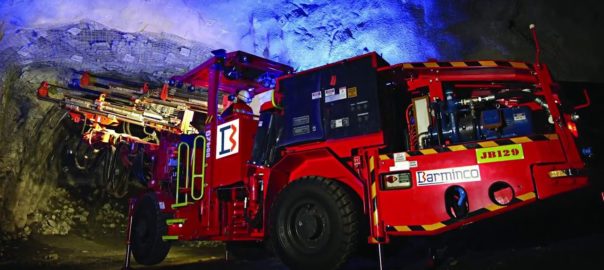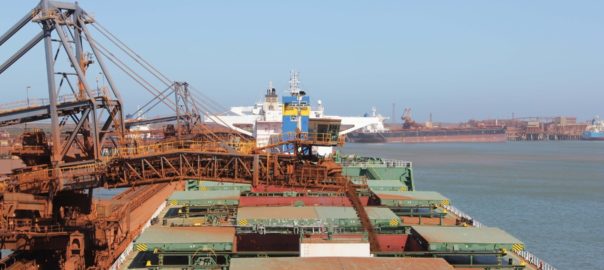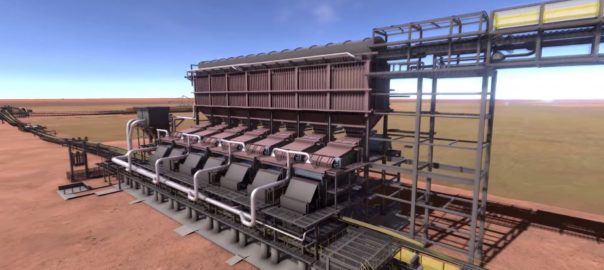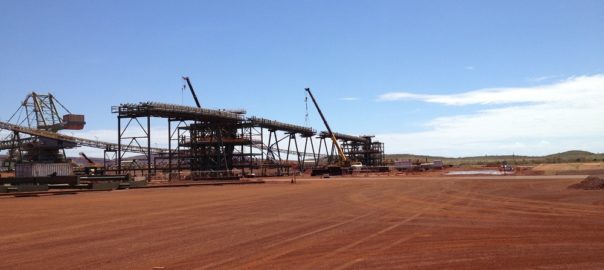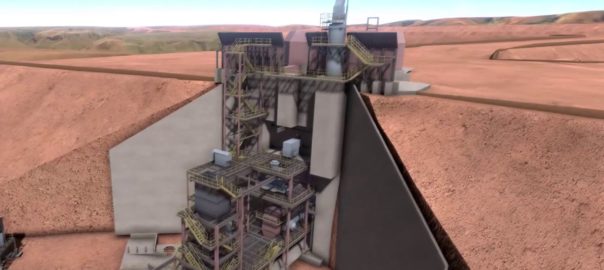Fortescue Metals Group has announced the establishment of a research and development centre based in Karratha, Western Australia, to explore opportunities for the application of autonomous mobility technology in an urban environment.
On top of this, it said it had commenced an autonomous light vehicle trial at its Christmas Creek iron ore operation in the Pilbara of WA.
In partnership with the local community, City of Karratha and technology and research partners, the Fortescue Future of Mobility Centre will “leverage the company’s success in using autonomous technology across its operations”, FMG said.
Fortescue’s Chief Executive Officer, Elizabeth Gaines, said that innovation and emerging technologies, like autonomy, present an opportunity to work closely with the community to bring about mutual benefits.
“We are at the forefront of this technology with our mine operations set to become the first in the world to be fully autonomous and our fleet having safely travelled over 26 million kilometres since the first autonomous truck was introduced in 2012,” Gaines said.
“We are now building on our autonomous capability with the commencement of an autonomous light vehicle trial, at our Christmas Creek mine.
“The emergence of autonomy is one aspect in which our world is changing rapidly, and we intend to be part of the opportunities that it will represent for the mining industry, local communities such as Karratha, and beyond.”
By establishing the Fortescue Future of Mobility Centre in Karratha, FMG will have the ability to develop, test and trial this technology, Gaines said. This will further contribute to “Western Australia’s position as a world leading autonomous hub”, she added.
“We’ll be exploring all facets of the future of mobility including software, hardware and various forms of mobility solutions, to see where the opportunities lie,” she said.
City of Karratha Mayor, Peter Long, said: “I am delighted that of all the potential locations around Australia, Fortescue has selected Karratha as its base to develop this exciting and innovative new technology.”
Dr Fang Chen, Executive Director Data Science at The University of Technology Sydney, which will be a leading research provider to Fortescue’s work in autonomous technology, said: “Research into new technology and infrastructure will accelerate innovative mobility solutions to accommodate growth and future demands.”






